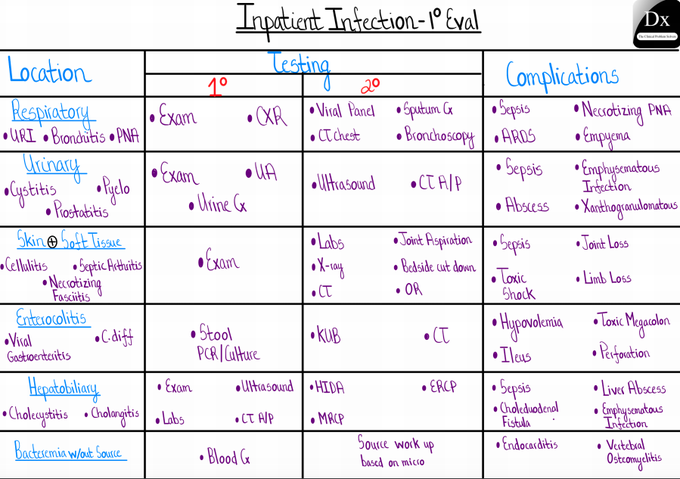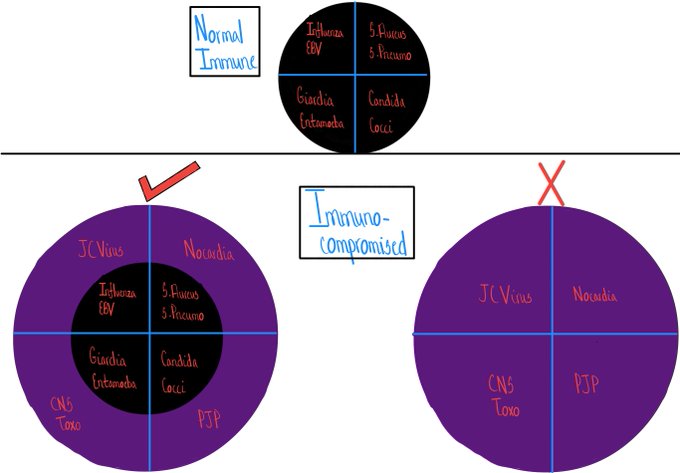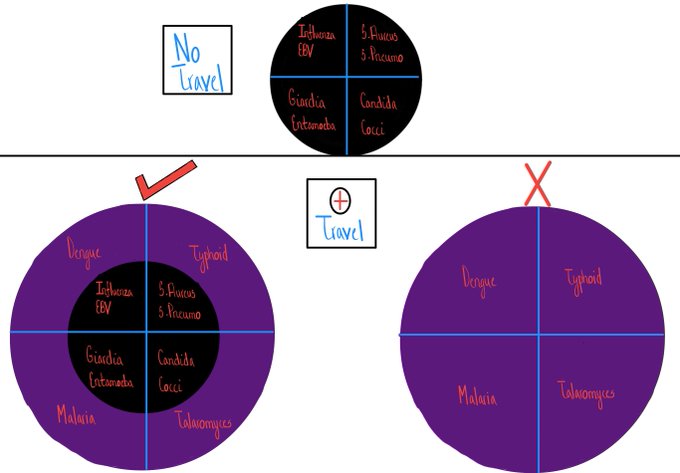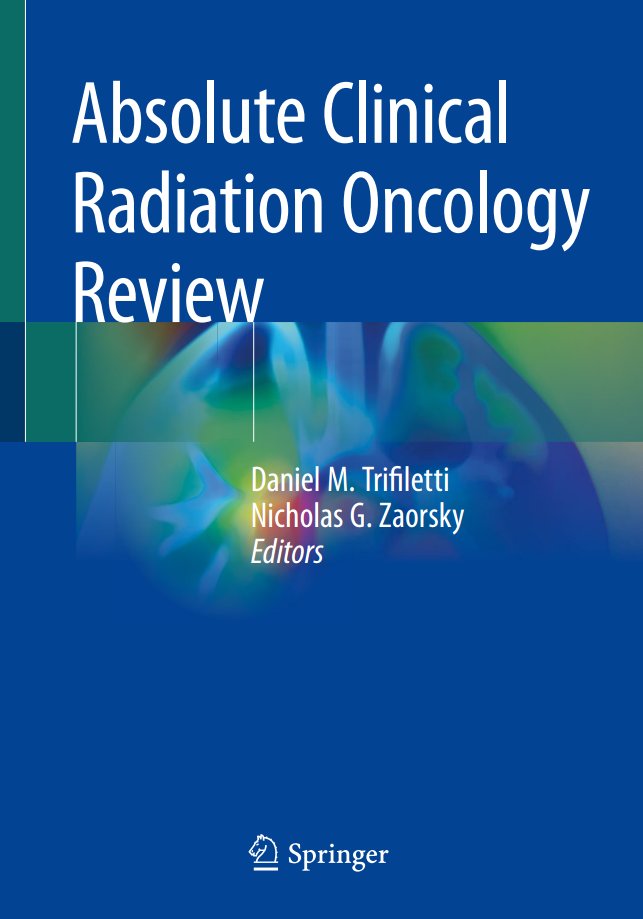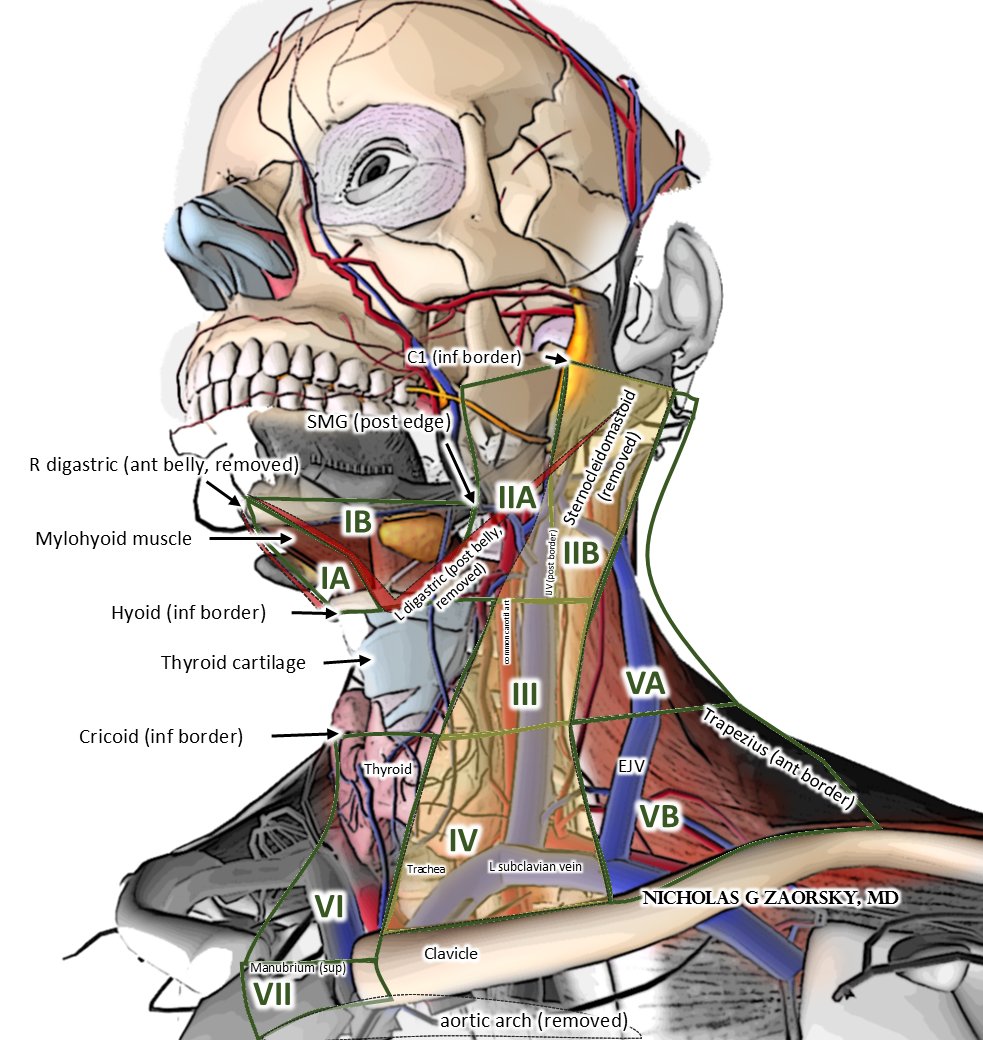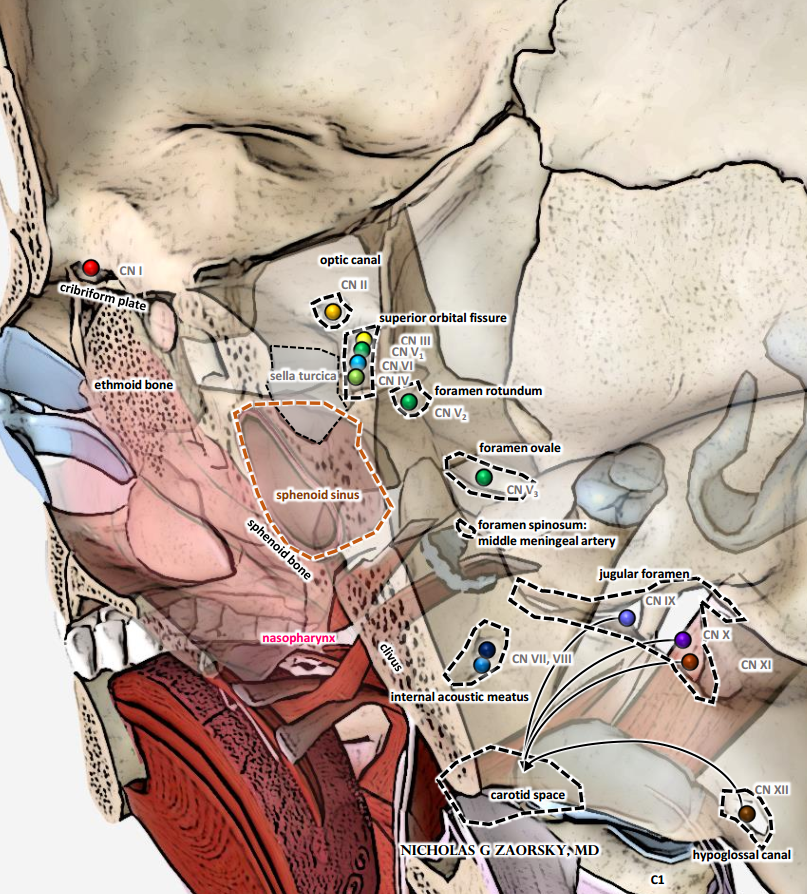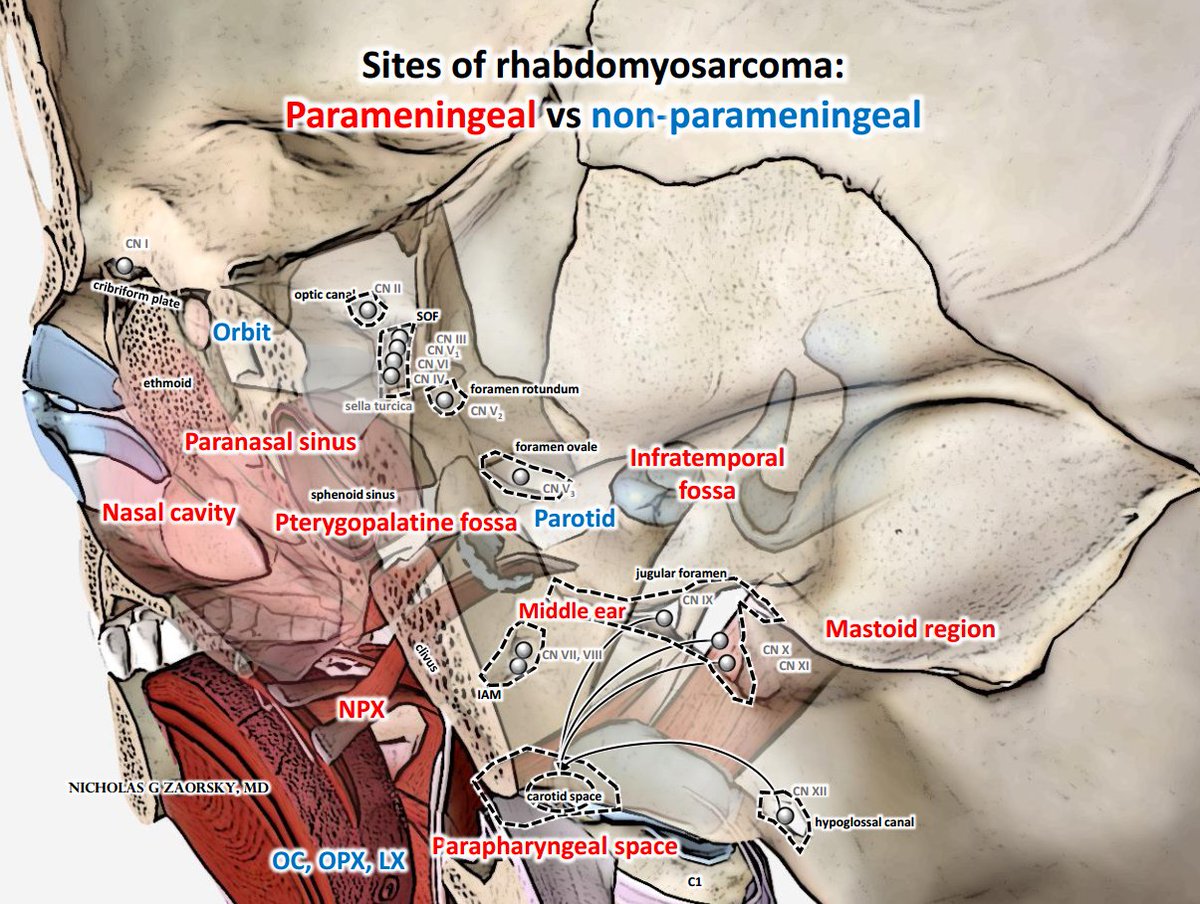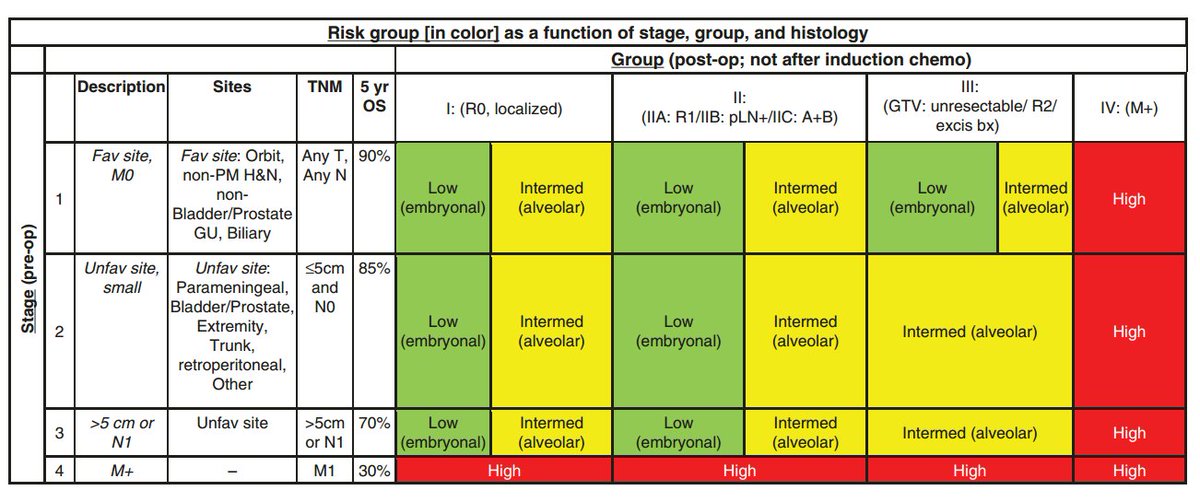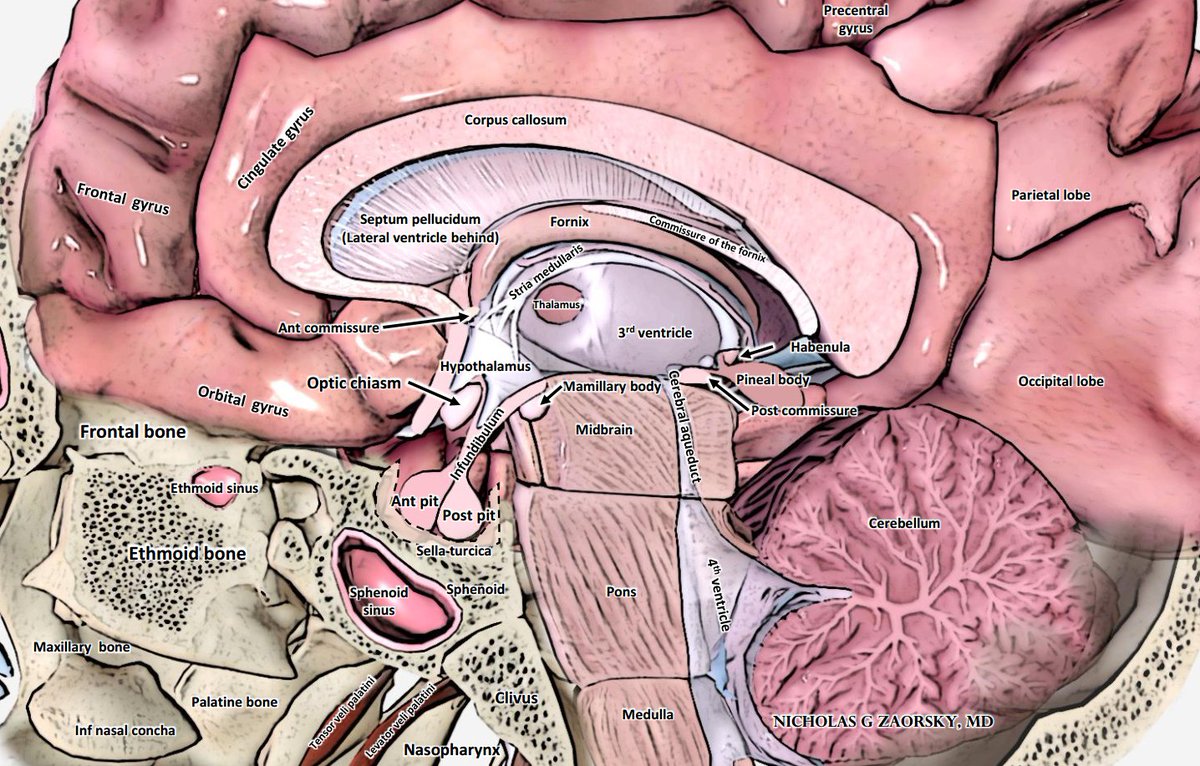Part 1 of 2.
Because #spacedlearning is an endless journey...
Join us #medtwitter & #medstudenttwitter
1. 4 common pathways to a working Dx of an overt upper GI bleed
2. 3 common diagnosis...
3. 2 KEY questions!
More here -
bit.ly/2V9pboc
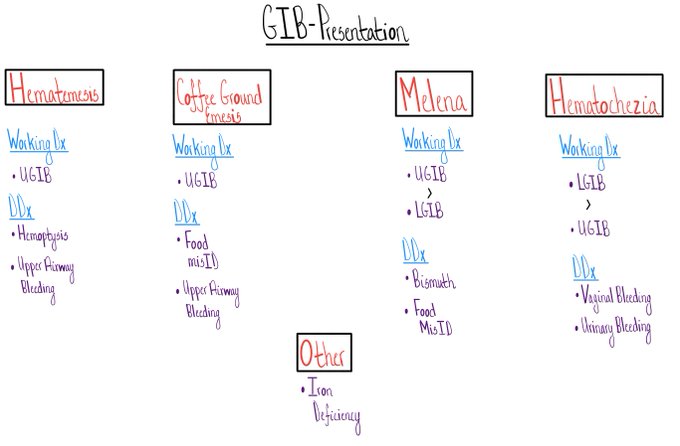
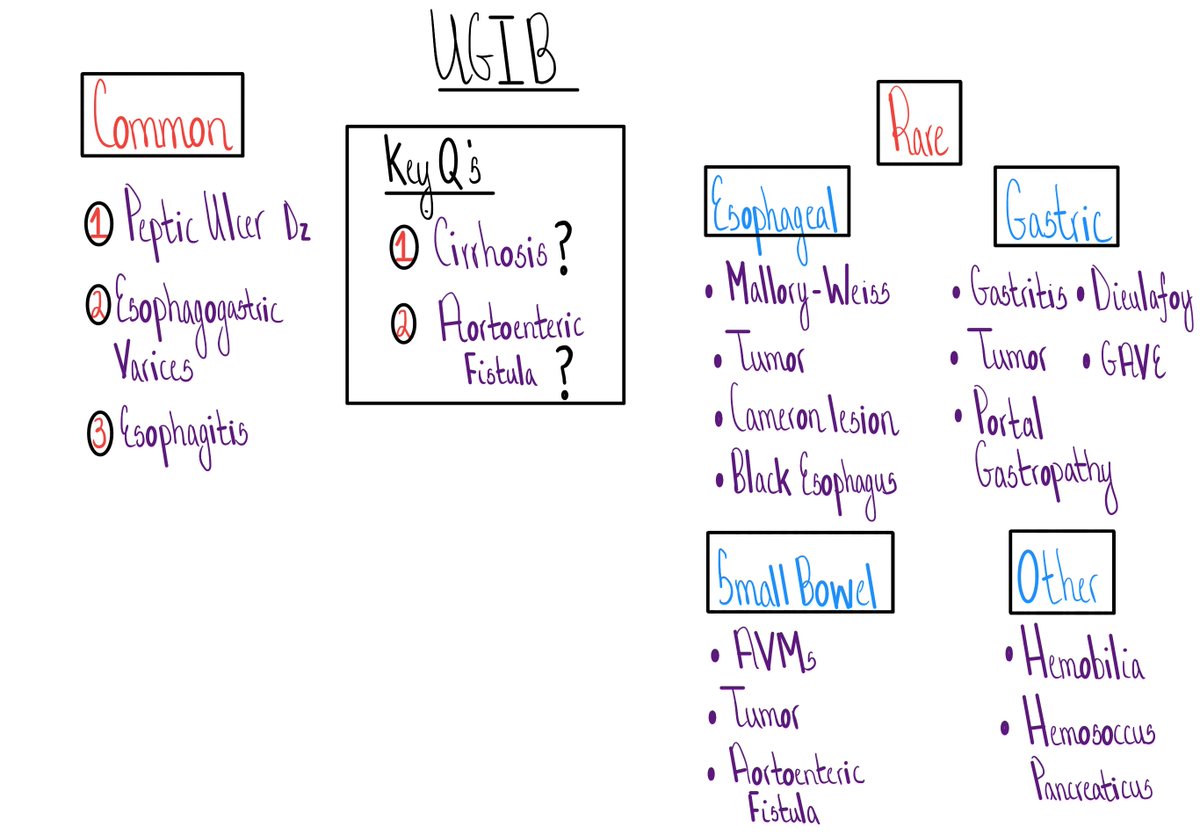
1. Hyponatremia = excess H20 = H20 toxicity.
The is true is most, but not all cases
2. Why do we care?
When neurons swell they don't work well...
3. @jackpenner's @CPSolvers video & schema bit.ly/3b64K0T
More here - bit.ly/3bUWUri
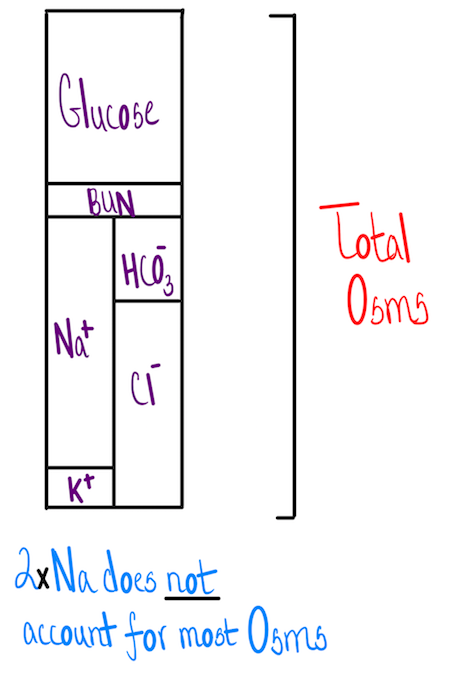

1. Fever is a specific, but insensitive, clue to "inflammation"
There are many other roads to the world of inflammation - use them!
2. Most, but not all, elevated temperatures, represent a fever.
Consider hyperthermia early.
bit.ly/37MoljA
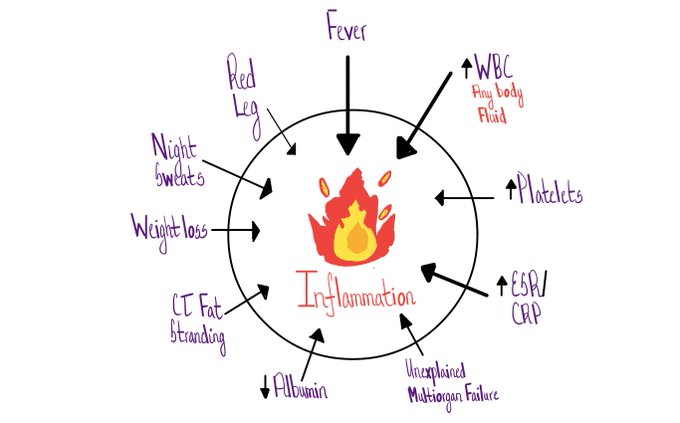
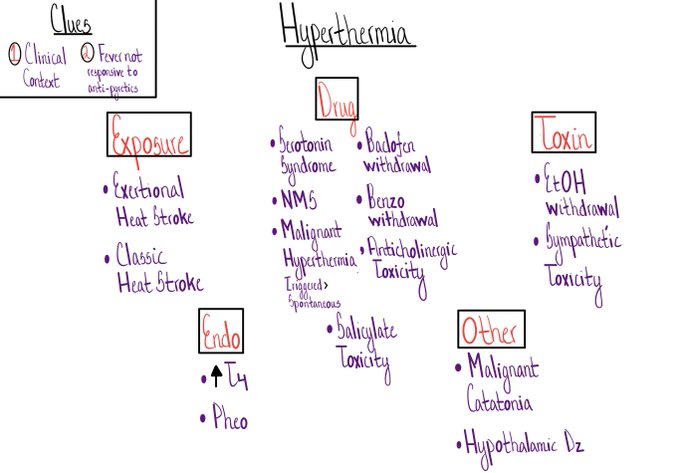
1. On day 1, the focus is on infection.
Base rate = these 6 infections.
2. Two key scenarios that change the base rate = travel + immunocompromised.
In these scenarios, the spotlight doesn't shift, it EXPANDS.
More here -
bit.ly/2Pbf6mW
